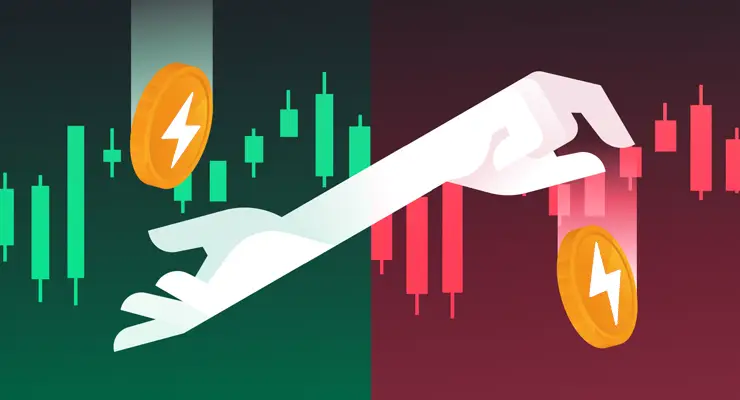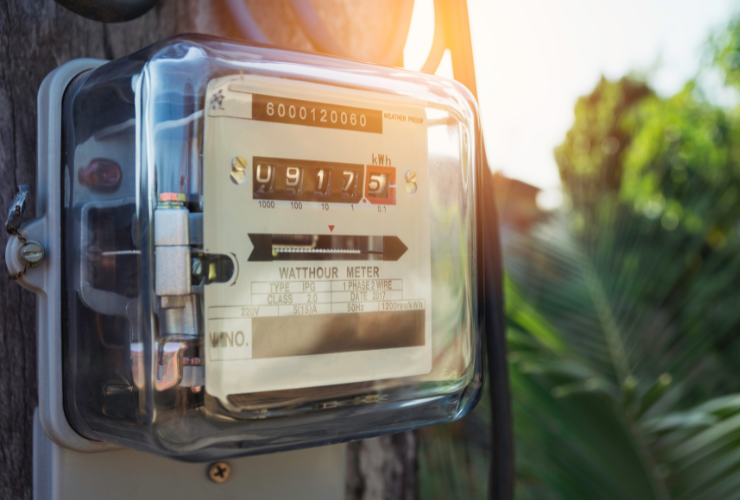Fast read
Charging your home battery from the grid is a smart way to save money by using cheap, off-peak electricity when grid power is expensive. This practice, known as 'tariff arbitrage', is especially useful during low-solar periods like winter, ensuring your battery is full for peak evening hours. To do this, you need a compatible battery system, a time-of-use electricity plan, and a smart meter.
Beyond Solar: Grid Charging for Maximum Savings
Yes, you can absolutely charge your home battery from the grid, and doing it during off-peak times is a smart financial strategy for many Australian households. This practice, often called ‘tariff arbitrage‘, involves buying electricity when it’s cheapest and using it later when prices are high. Most modern battery systems and hybrid inverters are equipped with the necessary smart software to schedule grid charging, allowing you to maximise your savings, especially during winter or on cloudy days when solar generation is low.
This article explains how charging your battery from the grid works, the benefits and requirements, and what to ask your installer to ensure you get the most out of your system.
How does charging a battery from the grid work?
Normally, your solar battery stores the excess energy your rooftop panels generate during the day. Instead of exporting this surplus to the grid for a modest feed-in tariff, you store it to power your home during the evening peak when electricity rates are highest.
However, there are times, like during stretches of cloudy weather or the shorter days of winter, when your solar panels may not generate enough power to fully charge your battery. This is where grid charging comes in.
If you are on a ‘time-of-use’ (TOU) electricity tariff, your retailer charges different rates for power at different times of the day. These periods are typically:
Off-peak: Late at night, when electricity demand is lowest, and prices are cheapest.
Shoulder: Times between peak and off-peak, like mid-morning or late evening.
Peak: Late afternoon and evening (e.g., 3 pm to 9 pm) when demand is highest, and electricity is most expensive.
By using your battery’s smart controls, you can program it to automatically draw power from the grid during the cheap off-peak window and store it for use during the expensive peak period, directly reducing your energy bill.
What are the benefits of off-peak charging?
The primary advantage of charging your battery from the grid is financial savings through a strategy called ‘tariff arbitrage’. You are taking advantage of the price difference between cheap off-peak electricity and expensive peak-period electricity. The wider the gap between your off-peak and peak rates, the more you can save.
Other key benefits include:
Enhanced Energy Resilience: It ensures your battery has a full charge for the evening, even after several cloudy days. This provides a reliable buffer against high peak prices and can be crucial for homes that need consistent power.
Maximising Your Investment: It allows your battery to deliver savings even when your solar panels aren’t producing, ensuring your investment is working for you year-round.
Supporting the Grid: By shifting your energy consumption away from peak times, you help reduce strain on the electricity network, which can lower the risk of outages for everyone.
What do I need to enable off-peak charging?
To successfully charge your home battery from the grid, you need a few key components in place:
- A Compatible Battery and Inverter: Most modern, grid-connected battery systems and hybrid inverters have this capability built in. Systems from brands like Sungrow and Sigenergy, for example, feature advanced energy management software that makes scheduling grid charging straightforward through a mobile app. Your installer can confirm if your chosen system supports this.
- A Time-of-Use (TOU) Tariff: This strategy is only effective if you are on a TOU electricity plan with your retailer. If you are on a single flat-rate tariff, there is no financial benefit to charging from the grid. You can check your latest electricity bill or contact your retailer to see if you’re on a TOU plan.
- A Smart Meter: A smart meter is required to be on a time-of-use tariff, as it records your energy consumption in intervals (usually every 30 minutes), allowing your retailer to bill you at different rates throughout the day.
How to set up and control grid charging
Once you have a compatible system and the right tariff, setting up grid charging is usually done through the system’s mobile app or web portal. For instance, with a Sungrow system, you can use the iSolarCloud app to access “Energy Management Parameters” and set specific “Forced Charging” times that align with your off-peak electricity rates.
Similarly, advanced all-in-one systems like the Sigenergy SigenStor use AI-powered energy management to let you optimise charging around peak and off-peak tariffs. You can set rules to automatically charge from the grid when prices are low, ensuring you maximise savings. Even systems like the Tesla Powerwall can be configured to charge from the grid to take advantage of TOU rates, though settings may need to be enabled by your certified installer.
What about Virtual Power Plants (VPPs)?
Joining a Virtual Power Plant (VPP) can add another layer to this strategy. A VPP is a network of connected home batteries that work together to support the grid. In addition to your own savings, the VPP operator may sometimes use your battery, discharging it to the grid during high-demand events to help maintain stability.
Some VPP programs offer incentives like bill credits or even free off-peak electricity to charge your battery in exchange for giving them this control. It’s important to read the terms carefully, as VPP participation might override your personal charging schedules.
Questions to ask your installer
To ensure your system is set up correctly for off-peak grid charging, have a conversation with your Solar Accreditation Australia (SAA) accredited installer. The accreditation body for solar installers fully transitioned from the Clean Energy Council (CEC) to SAA in 2024. Here are some key questions to ask:
- Does the battery and inverter system you’re recommending fully support programmable grid charging?
- Can you show me how to schedule charging times using the system’s app?
- Is the system I’m buying compatible with local VPP programs if I choose to join one later?
- If I want backup power during a blackout, does that require any extra wiring or components?
Conclusion: Taking control of your energy costs
Charging your home battery from the grid during off-peak hours is a powerful feature that turns your battery into an even smarter financial tool. It moves beyond simply storing solar energy to actively playing the energy market for your benefit. By storing cheap electricity for use when prices soar, you enhance your energy independence, maximise the return on your investment, and contribute to a more stable and resilient grid for all Australians.
If you’re considering a battery system, understanding and utilising off-peak charging is a crucial step towards taking full control of your energy future. By speaking with a trusted professional, you can ensure your system is perfectly tailored to your needs and delivers savings year-round.





